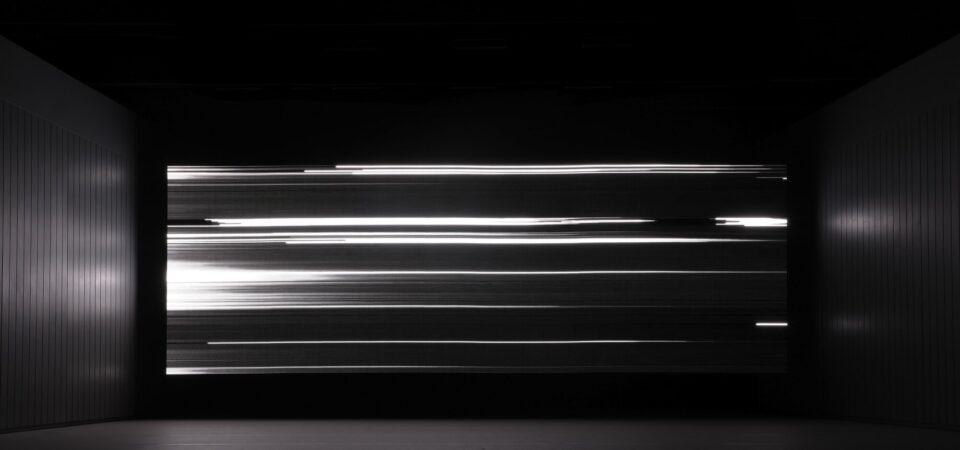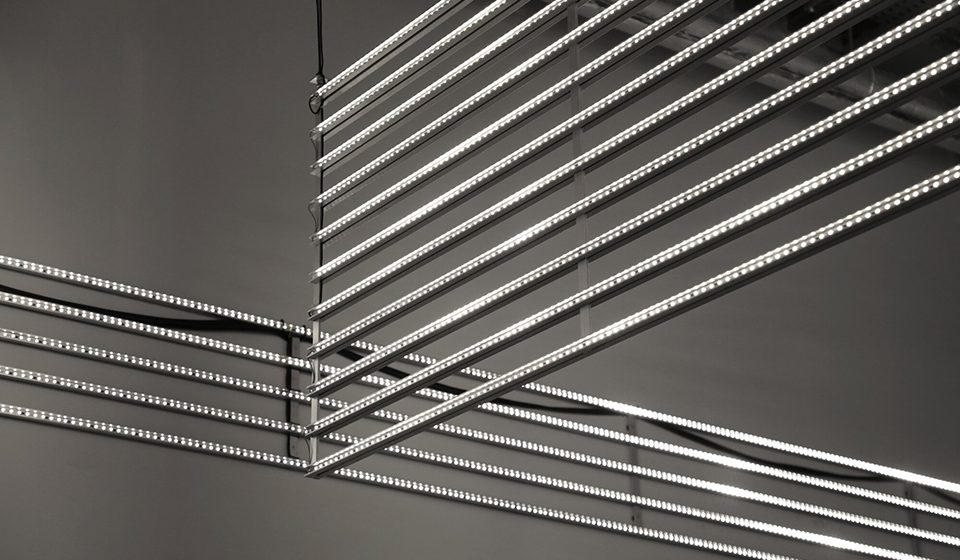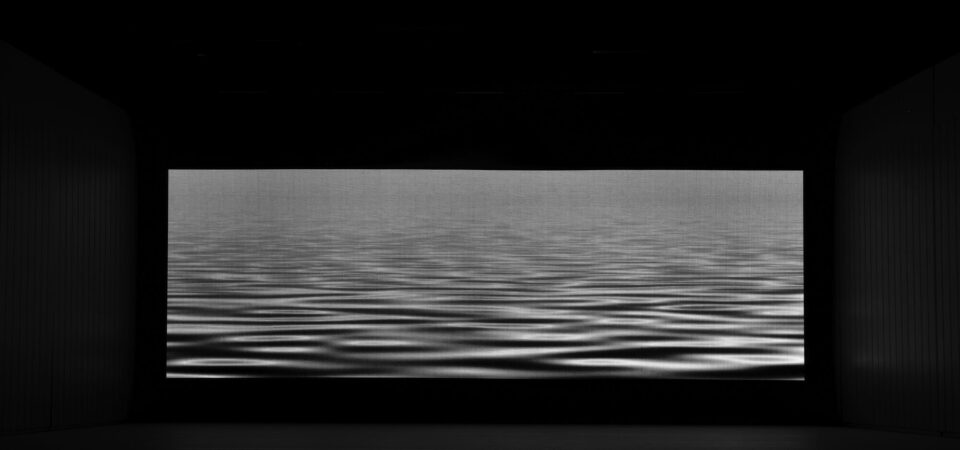Our relationship to the material world is changing. This is something which has been felt globally this year, with remote working, online calls and virtual events becoming the norm. Smart technology is involved in many aspects of our lives – from shopping and eating to exercise, socialising and warming our homes. London-based artist Ben Cullen Williams (b. 1988) is interested in this dynamic, creating visually compelling works which reflect on what it means to be human in a digital era.
“I am fascinated by our relationship to space, our environments and the systems we inhabit,” he says. Over the last 10 years, he’s created myriad sculptures, installations, photographs and videos focusing on the intersection between technology and landscape. “At the core of my work there is a concern about our ability to dwell and exist in our quickly changing world, and our ability to do so in a human way.”
One such example is Kinaesthesia (2019), shown here (above right). The sculpture comprises pulsing LEDs attached to two interlocking aluminium structures. It represents the digital networks which guide our collective experiences online, and what they means for us as individuals. “In an increasingly deep-rooted digital age, the work raises questions about the nature of the self within these seen and unseen networks,” the artist notes. This piece is especially relevant in an age of misinformation and fake news: how many of our actions are guided by algorithms? Can we believe what we read on social media?
Williams is also concerned with pushing the boundaries of what ‘art’ can be. He has worked with theatres around the world, bridging the gap between gallery and stage. “Much of my practice revolves around collaboration, building or contributing to teams to make large, ambitious works. I am increasingly interested in work that exists outside the conventional notions of art practice or the ‘art object.’”
Pictured here are shots from Orpheus and Eurydice (2019), a video installation created to accompany a fresh retelling of the iconic 18th century opera directed by Wayne McGregor. The piece, displayed on a kinetic LED screen, reflects key human psychological states: mourning, violence, love and death. Lights glitch, distort and change colour. Waves roll in the darkness. It’s a startling contemporary approach to Christoph Gluck’s (1714-1787) exploration of human grief and loss, with classical performance set against a dystopian virtual backdrop.
More recent works include Cold Flux, an AI generated video installation created from footage of the collapsing Larsen-B Ice shelf in Antarctica. These video landscapes exist within a state of melting and freezing, forming and un-forming – mapping the complex network between technology and environmental change. Amid the climate crisis, it asks important questions about what is really going on in the physical world, away from our screens. Presented at London Design Biennale earlier this year, it confronted audiences with a stark visual symbol for the most urgent problem of our times.
In 2021, Williams was longlisted for the Aesthetica Art Prize for Living Archive: An AI Performance Experiment, a collaboration with Google Arts and Culture and choreographer Wayne McGregor. The artist has been recognised by RIBA, MIT, Sadler’s Wells, London Design Biennale and The Bolshoi Theatre.
bencullenwilliams.net | @bencullenwilliams
All images courtesy Ben Cullen Williams.










